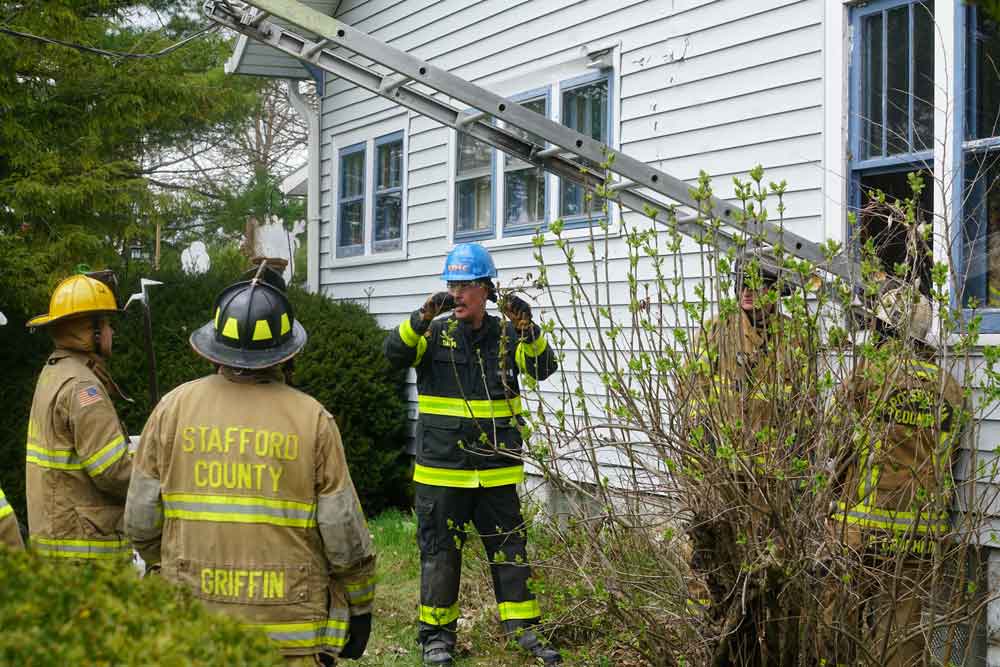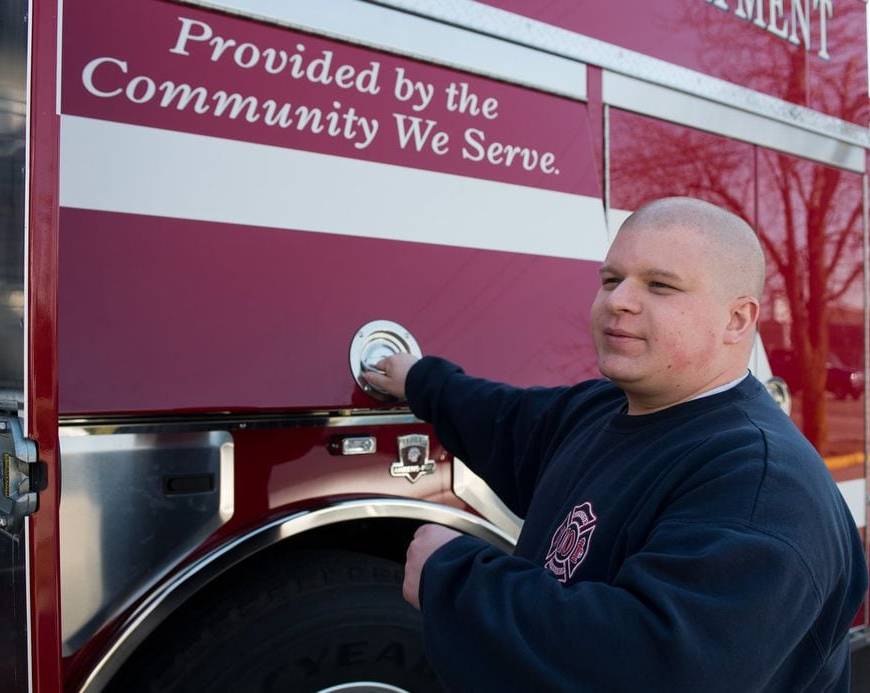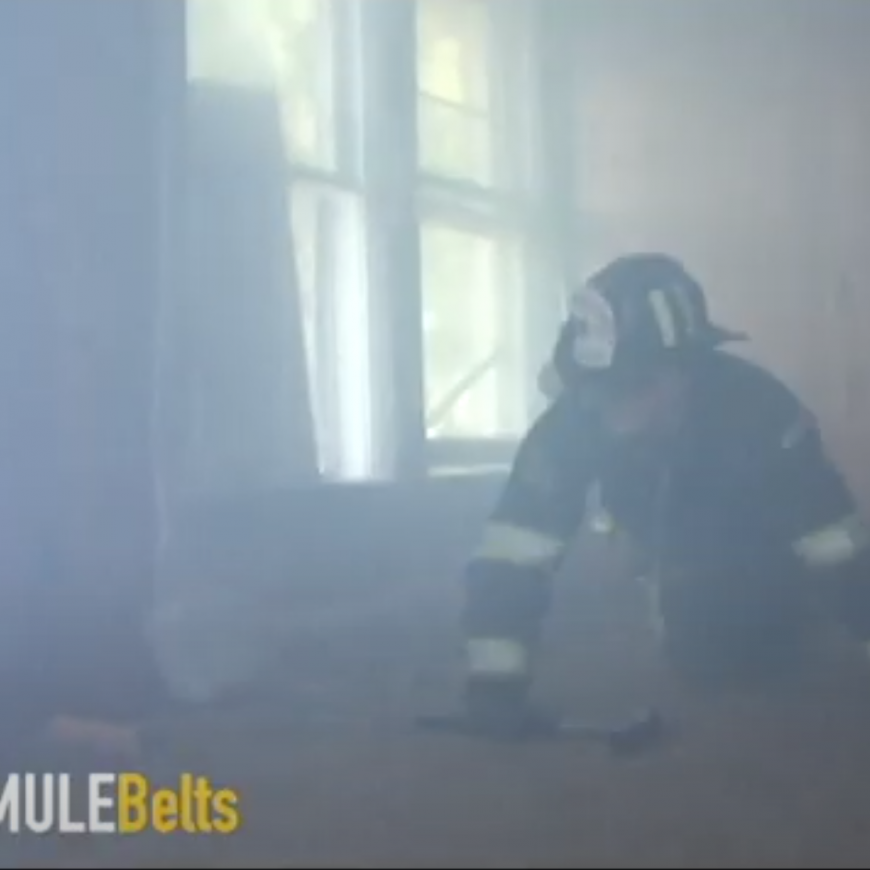Traditional vs. Online Learning
By Daniel Vecchiolla
The COVID-19 pandemic has changed all of our lives, both personally and professionally. Some of us have been affected by the disease, and most know someone who has had it. The United States just recently marked 500,000 deaths and counting from COVID-19. Needless to say, we acknowledge the seriousness our nation and the world have been facing.
As first responders, we are at significant risk of contracting the disease compared to other professions. Providing care for the public daily and dealing with many COVID-19 symptomatic patients, all fire departments have changed the way operations work. New standard operating procedures (SOP) and standard operating guidelines (SOG) have been implemented across the board for fire departments. This has provided first responders with the necessary policies and guidelines for responding to emergency calls safely.
Besides changing our operations, we have had to change the way we train. Restrictions have set limits on how we train, where we train, and how many people can train at a time. But with everything that has gone on, the fire service as a whole adapts to its situations and overcomes. This is where the major paradigm shift has come in with fire department training across the nation.
———- CONTACT PACMULE BELTS BY CALLING 708-598-7170 OR CLICK HERE ———-
Paradigm Shift
The fire service has been forced to rethink how fire departments offer training and how to maintain personnel standards during a pandemic. Online training has played an integral part in helping individuals achieve higher education, training, and new skill sets without the constraints of a set location. Most fire departments have been using some form of online training, but a lot of that training has been geared towards emergency medical services. Until recently, any fire-related training has been typically in the form of a face-to-face, hands-on approach.
With the implementation of distance learning or online training, firefighters and departments have had the opportunity to reach more personnel in safer environments. This has allowed departments and personnel to keep their skills sharp and acquire or maintain certifications while distancing themselves from other people. Establishments such as the National Fire Academy have even transitioned from the traditional campus classroom setting to online-mediated learning and even Zoom classes. The unforeseen circumstance that led to this transition will be here to stay, but how effective is online learning vs. traditional learning?
Traditional Learning
Most firefighters are comfortable with the conventional platform of learning. The traditional model typically consists of one or two instructors in a classroom setting, an outline, a PowerPoint presentation, and a hands-on or skills portion that’s accomplished. One of the main benefits of this type of learning is instant feedback if a student has a question. This is especially apparent for any skills portion. The students get a chance to perform the skills, and if there is an issue can ask a question or get guidance right away. Also, student interaction with other students is a benefit that is not matched or equated with online learning environments. Developing friendships and building a rapport with other people is not the same online as it is face-to-face. From an instructor’s perspective, you can look at your audience and gauge how interested your audience is by their demeanor or body language. The instructor can read the nonverbal cues and make changes accordingly by steering the class in a different direction or allowing the class to break for a much-needed reprieve.
———- CONTACT PACMULE BELTS BY CALLING 708-598-7170 OR CLICK HERE ———-
Online learning
Online learning comes in a few different variations. One of the online learning platforms is live streaming, such as Zoom. It mimics the style of a traditional learning environment but can be accessed from anywhere worldwide. This type of platform has some significant benefits. First, the student gets the feel of a traditional learning model they are familiar and accustomed to with an instructor teaching the material. The student can ask questions and receive instant feedback from the instructor and interact with other students in the class. Second, more people are reached with this type of platform. People can access it from home, the fire station, a coffee shop, etc. Most traditional classroom settings involve anywhere from 10-25 people per class. With an online learning platform, you can reach hundreds of people this way. Instead of teaching a fire station, you can teach a whole fire department at once.
Another online learning platform is online mediated. This platform mimics more of an online college class. The class has an assigned instructor, but they are more of a facilitator than a teacher when it comes to learning. The instructor puts out the material where the student paces themselves with learning the material. There are usually weekly assignments due, and an online discussion board is used for student/teacher interaction. The benefits are that the students can pace themselves and work on the learning material on their own time. They don’t need to be present for a three-hour interactive class.
Read More: https://www.fireengineering.com/firefighter-training/firefighter-training-paradigm-shift-from-covid-19-traditional-vs-online-learning/
———- CONTACT PACMULE BELTS BY CALLING 708-598-7170 OR CLICK HERE ———-



